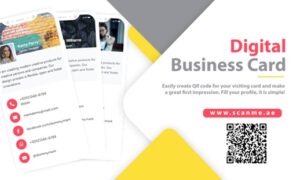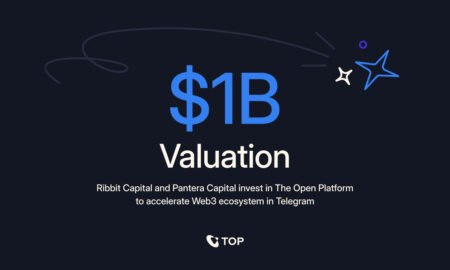Networking habits change with changing communication methods. Paper business cards have been around for ages as a way to share contact details but new ways are emerging that fit with mobile first, flexible work and environmental conscious decisions.
One of those ways is the digital business card, how professionals choose to present themselves and their business in today’s market. It’s a format that tries to keep up with the speed of today’s communication, for faster info exchange that matches digital platforms. Many find it meets an emerging need for portable, up to date versions of themselves and their skills.
Digital First
A digital business card can be created and shared from a smartphone or other connected device which is often the primary tool of communication today. It can include features that can’t be done on a paper card such as clickable links to websites and direct access to product literature and integration with calendars to schedule future meetings.
Platforms like Digital Business Card allow for fast updates to an individual’s profile and contact details so introductions are always correct and on time. This way they can keep up with role changes, new credentials or refreshed branding. With tools designed for digital environments individuals can present their information the way many people connect and engage.
More Interactivity and Engagement
The digital business card also follows through on the expectation that professionals would have an online responsive and engaging presence. Instead of waiting for follow up emails or relying on memory, interested parties can engage with a digital card as soon as it’s shared.
They can add someone to their phone in seconds, look at a person’s credentials on their personal website or watch product demos with no further action. This level of interactivity requires more continuous engagement where the recipient can review the info at their own pace.
The result is a type of networking that can keep the momentum going and guide the interaction past the initial point of contact.
Cost and Resource Efficiency
Cost may also be a consideration. Paper cards require continuous printing, shipping and storage and may need to be reprinted often as info changes. Digital business cards eliminate those steps and can save costs over time and simplify administrative tasks.
Design elements can be managed centrally so branding is consistent across all representations of an organisation or individual. In cases of role changes or shifting priorities updates can be applied quickly to reflect current goals. That’s a big win for someone who wants to manage their resources better.
Keeping up with Changing Professional Environments
The digital business card is part of a bigger shift in how professionals connect. More and more people are attending virtual conferences, webinars and online workshops where paper cards are less relevant.
In those settings sharing contact info as a digital asset allows for faster and more convenient exchange. Attendees can connect quickly, save contact details to their preferred device and follow up with each other through various online channels. This is part of a bigger trend towards remote collaboration and network building where distance and time zones are less of a barrier.
Next
As the virtual platforms evolve and more networking tools are added, the purpose of digital business cards is becoming clearer. Professionals and organisations will use this format to maintain contacts, keep the info fresh and represent themselves in line with current communication channels.
The digital business card can help professionals navigate through changing markets and remote interactions by being a tool that keeps up with the changing workplace. For those interested in the intersection of technology and business networking the digital business card is an option that can sit alongside existing methods and meet the demands of a more connected, agile future.



































